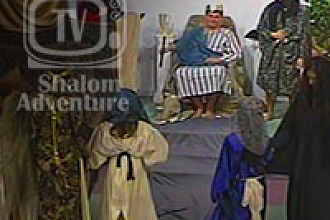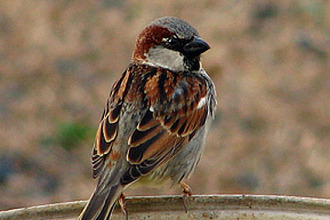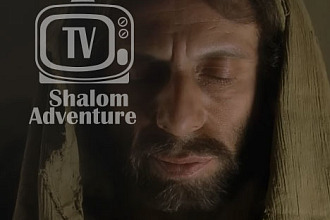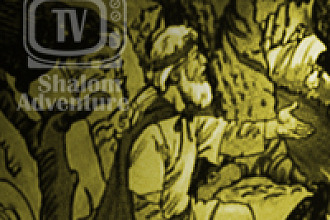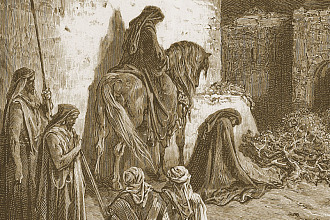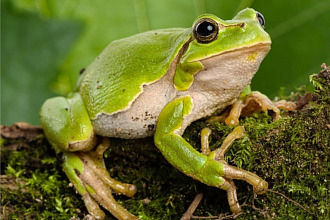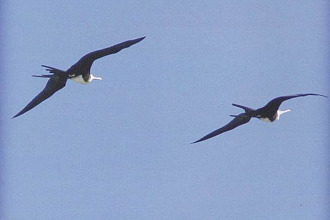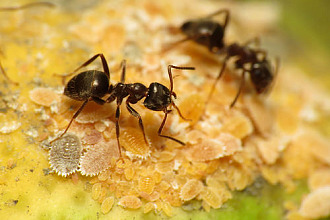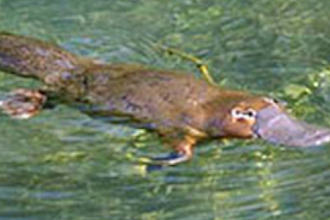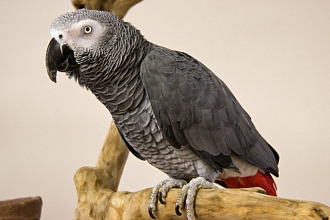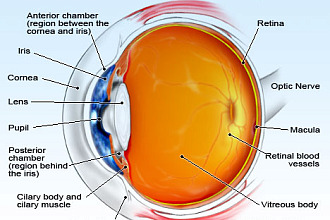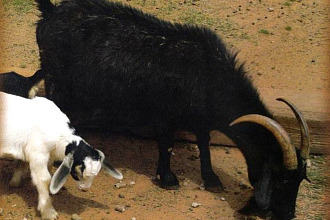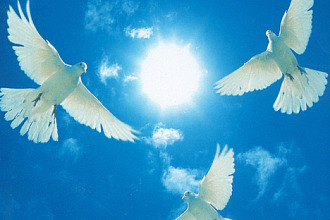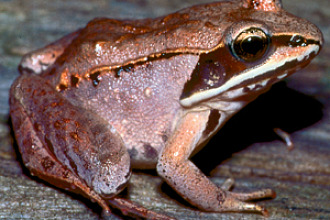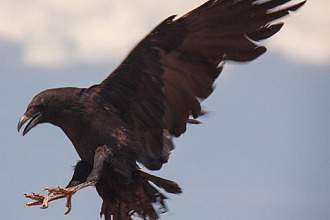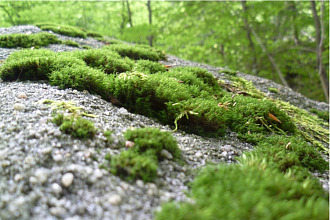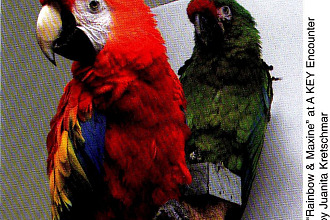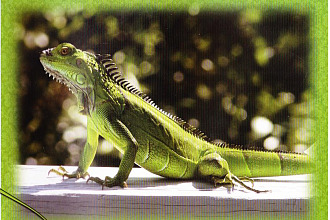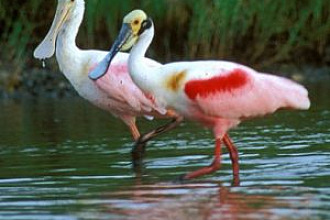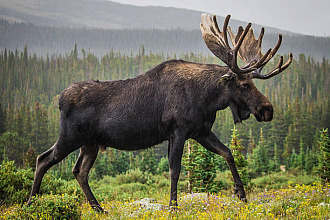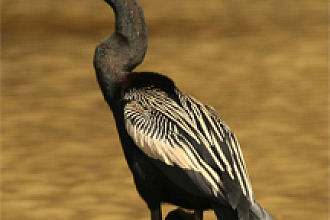"God is faithful" (1 Corinthians 10:13).
When God made our world, He did not want it to be dark all the time. So He made something very bright to give us light in the daytime. What do we call that bright light? We call it the sun.
God made the sun to help us. Can you think of some ways the sun helps us?
- The sun gives us light so we can see. Without the sun, we couldn't see anything. It would be dark all the time.
- The sun keeps us warm. If you are cold, do you like to stand in the warm sunshine? Without the sun, we would be very cold.
- The sun helps plants to grow. We need plants because they make food for us to eat. They also help make good air for us to breathe. Without the sun, plants could not grow. Then we would have no food to eat and no good air to breathe.
Can we see the sun all the time? No. In the evening the sun goes down, down, down until we can't see it anymore. Sometimes there is a very beautiful sunset. What happens after sunset? It gets dark, and then it is night.
Are we sad or afraid when we see the sun going down? No. We know that we will see the sun again in the morning when it comes up. The sun always goes down in the evening, and it always comes up again in the morning. We know for sure that it will always do the same thing every morning and every night.
Do we also know for sure that God will take care of us every day? Does God give us food to eat every day? Does God give us water to drink every day? Yes. And He always loves us, even when we have been naughty. He always forgives us when we tell Him that we are sorry. He always spends time with us when we pray and read the Bible. And every day God sends angels to take care of us.
Are you happy to know that God will always take care of us? Let's thank God for always taking care of us.
This article provided by: My Bible First.
To purchase books about nature from My Bible First click here.



